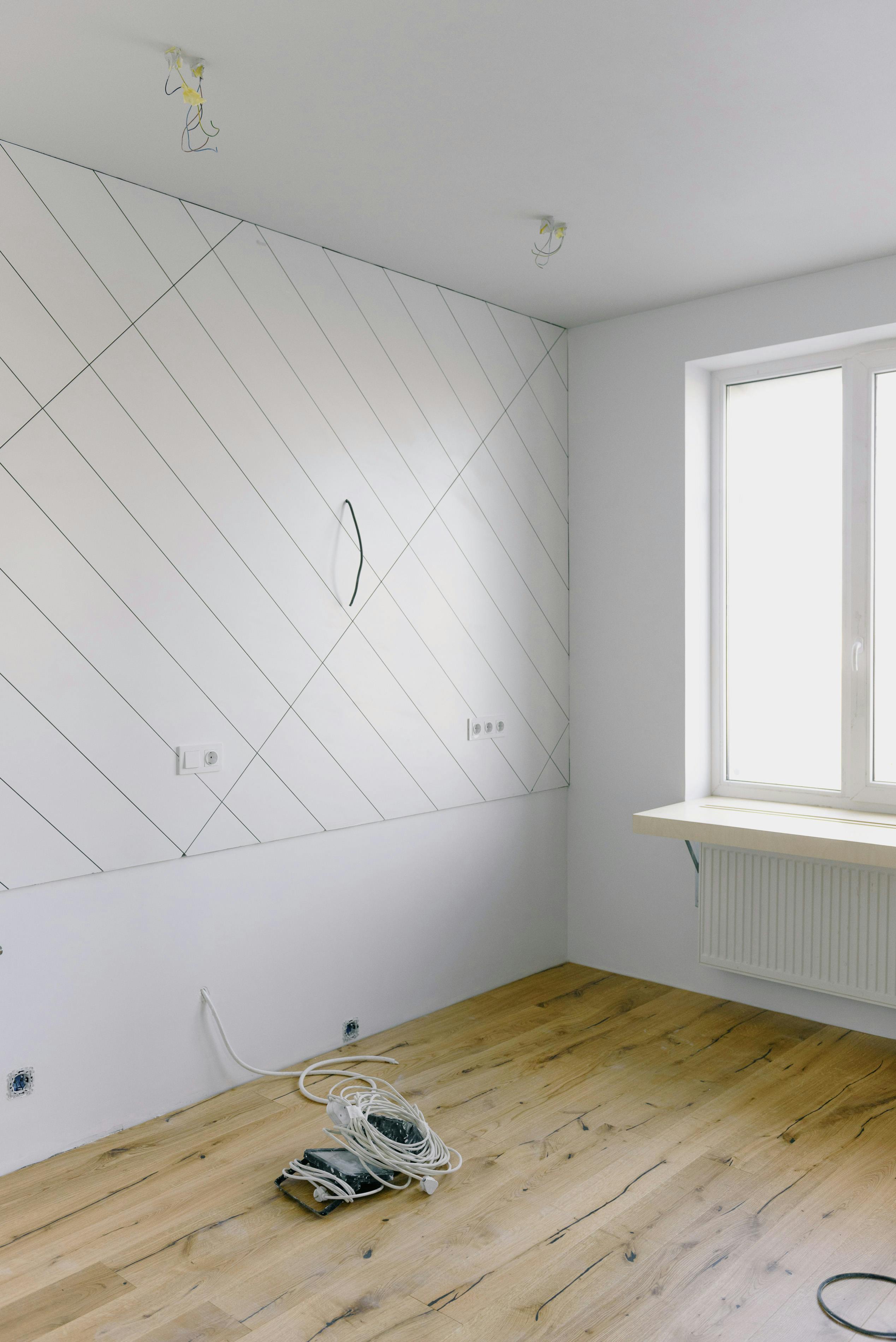
Introduction: The Versatility of Laminate Flooring
Laminate flooring has gained immense popularity over the past few years due to its practicality, affordability, and elegance. Besides its unique ability to mimic a plethora of materials, from hardwood to natural stone, it is also lauded for its extensive durability and minimal upkeep requirement. However, another reason that makes it the darling of home improvers is its ease of installation. Even novices can attempt to install laminate flooring at home, saving costs with a do-it-yourself (DIY) approach. This article provides a comprehensive step-by-step guide to installing laminate flooring at home, employing insights from UK Home Improvement's practical guide.
Materials You'll Need for Laminate Flooring Installation
Starting a home DIY project requires careful preparation and the right tools. When installing laminate flooring, the tools and materials you will need to include laminate flooring, underlayment, duct tape, a tap block, a pull bar, spacers, a coping saw or jigsaw, a utility knife, a pry bar, and safety gear like gloves and safety glasses. Having these items ready before you begin will ensure a smooth installation process.
Preparing for Laminate Flooring Installation
An effective laminate flooring installation starts with preparation. Firstly, you would need to measure your floor area to determine how many packs of laminate flooring you'll need. Remember to factor in 10% extra for wastage or mistakes. It’s also crucial to ensure the subfloor is clean, dry, and level to allow the simple settlement of laminate strips. Any high spots can be sanded down, while low spots can be filled in with a subfloor leveling compound.
Next, remove existing skirting boards or moldings around the room and lay your underlayment from one end to another. It's beneficial to trim any excess to ensure it fits exactly. Seal the underlay seams using a duct tape to prevent any moisture infiltration, an essential aspect to eliminate as it can wreak havoc on your laminate flooring.
Beginning the Laminate Flooring Installation Process
Installing laminate flooring begins from the left corner of your room. Always maintain a gap of at least 10mm between the laminate flooring and the wall, as flooring requires space for expansion due to temperature changes. It is here that your spacers will become handy, helping you keep the gap consistent. Lay the first row with the short edge against the wall, and use a tap block and a hammer to fit the next piece of laminate to the first. The beauty of modern laminate flooring is the locking mechanism that makes this task a breeze.
Completing the Installation Process
Following the step-by-step process, continue installing the laminate flooring row by row. With the help of a coping saw or jigsaw, cut the laminate pieces at the end of rows as required. Remember to turn the laminate 180 degrees to achieve an accurate size when marking for your cuts.
For those complex areas around door frames, careful measurement and cutting are needed. Once all the flooring is installed, replace door frames and molding or skirting boards. Using a pull bar and hammer, make sure that the last row of laminate flooring is securely fastened, just like the rest of the floor.
The final touch is to clean the newly installed laminate floor from any debris or dust left over from the installation process. Now, you can enjoy the fruit of your labors; a beautiful laminate floor that lifts the aesthetic value of your home.
Conclusion
Installing laminate flooring at home is a rewarding yet economical way of enhancing your home's beauty. Although it may seem daunting at first, by following this step-by-step guide, even novice DIYers can start their journey towards being adept home improvers. Always remember to adequately prepare, use the right tools, follow the correct method, and take safety measures while installing laminate flooring at home.